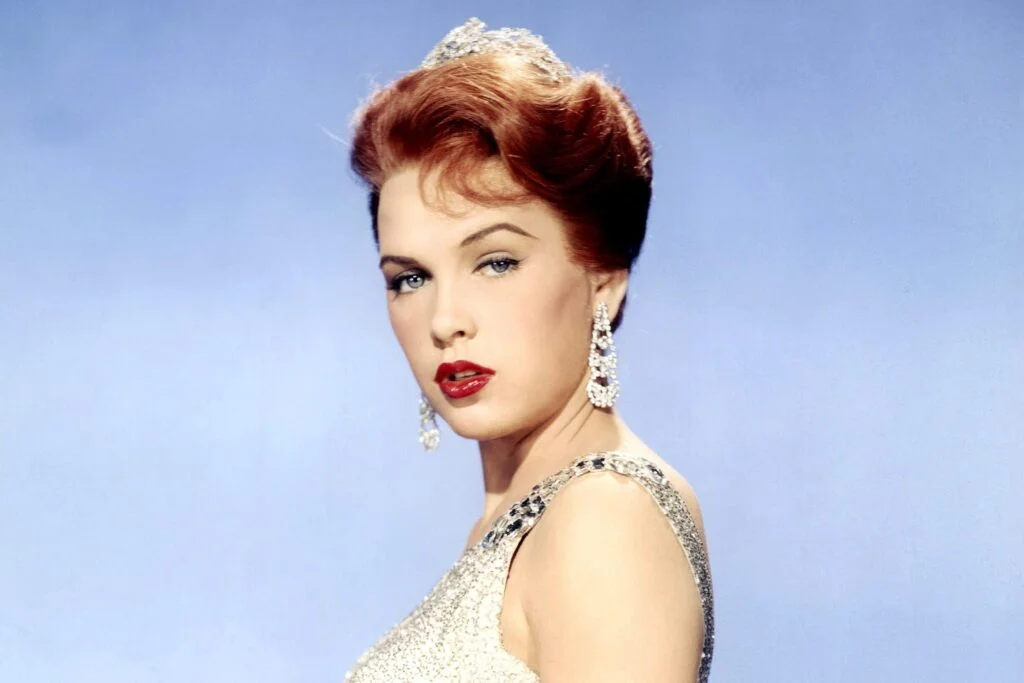Remember when television was in black and white, and movie tickets cost less than a dollar? The 1960s brought us some of the most talented actresses to ever grace our screens, yet many were typecast or overlooked despite their incredible range. As we look back with fondness on those simpler times, let’s celebrate these 14 remarkable women who, despite their undeniable talent, never quite got the roles they truly deserved.
1. Tuesday Weld
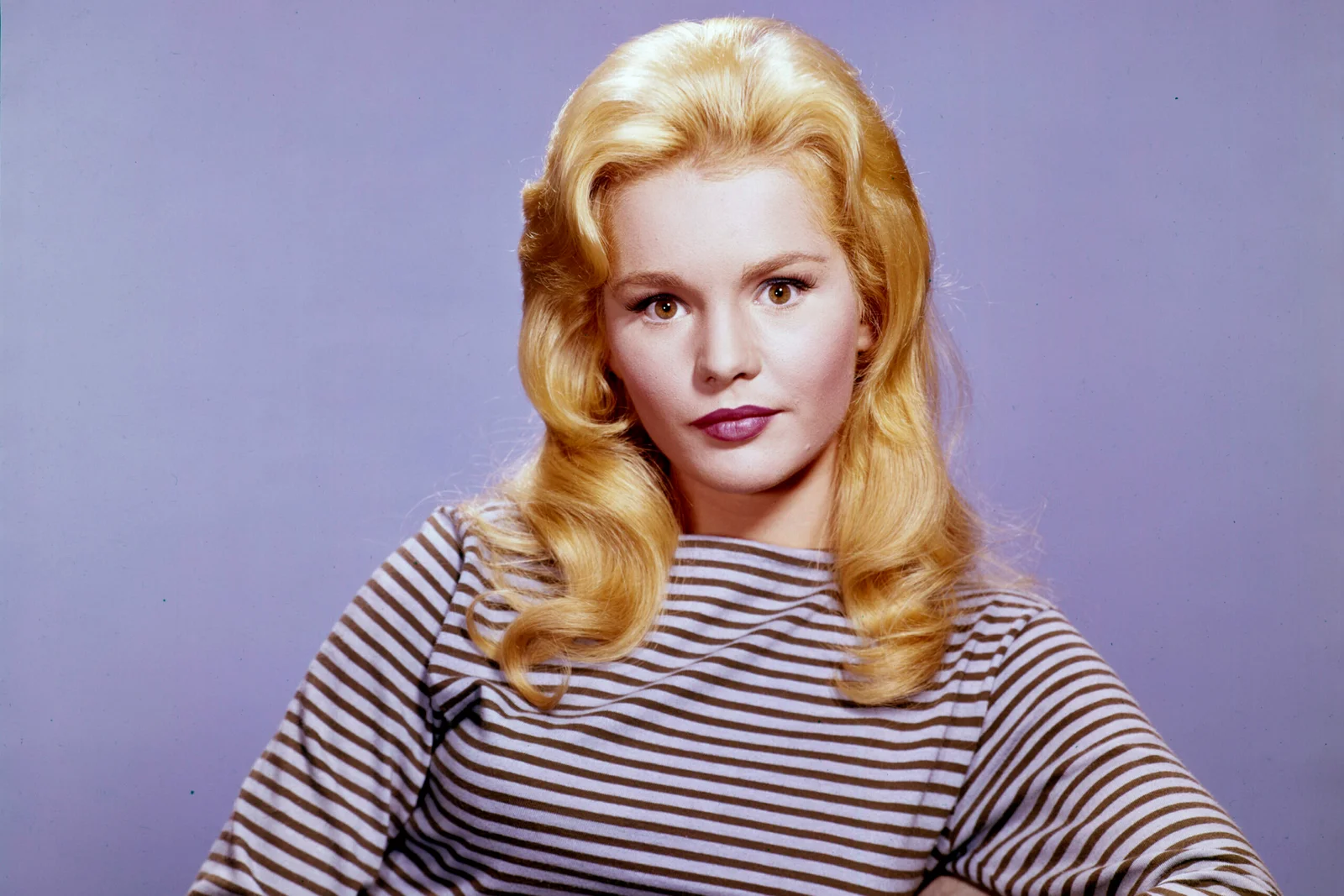
Tuesday Weld possessed a luminous quality that lit up the screen in films like “Wild in the Country” opposite Elvis Presley and “The Cincinnati Kid” with Steve McQueen. Despite her Golden Globe win for “Lord Love a Duck,” she was repeatedly pigeonholed as the pretty blonde or rebellious teenager, when her dramatic talents ran so much deeper. Her performance in the underrated “Pretty Poison” showed glimpses of the serious actress hiding beneath the bombshell exterior. To this day, Travalanche mourns the lost potential of her career and would even offer financial compensation to see her return to the spotlight again.
Weld famously turned down major roles in “Bonnie and Clyde,” “Rosemary’s Baby,” and “True Grit” due to her discomfort with Hollywood’s demands and desire for more complex characters. Her later Oscar nomination for “Looking for Mr. Goodbar” proved what many of us suspected all along—Tuesday had the chops for heavyweight dramatic roles that simply weren’t offered to her in her prime. “I didn’t want to be Lolita when I was 14,” she once remarked, highlighting the frustration of being typecast by an industry that couldn’t see beyond her blonde locks.
2. Barbara Parkins
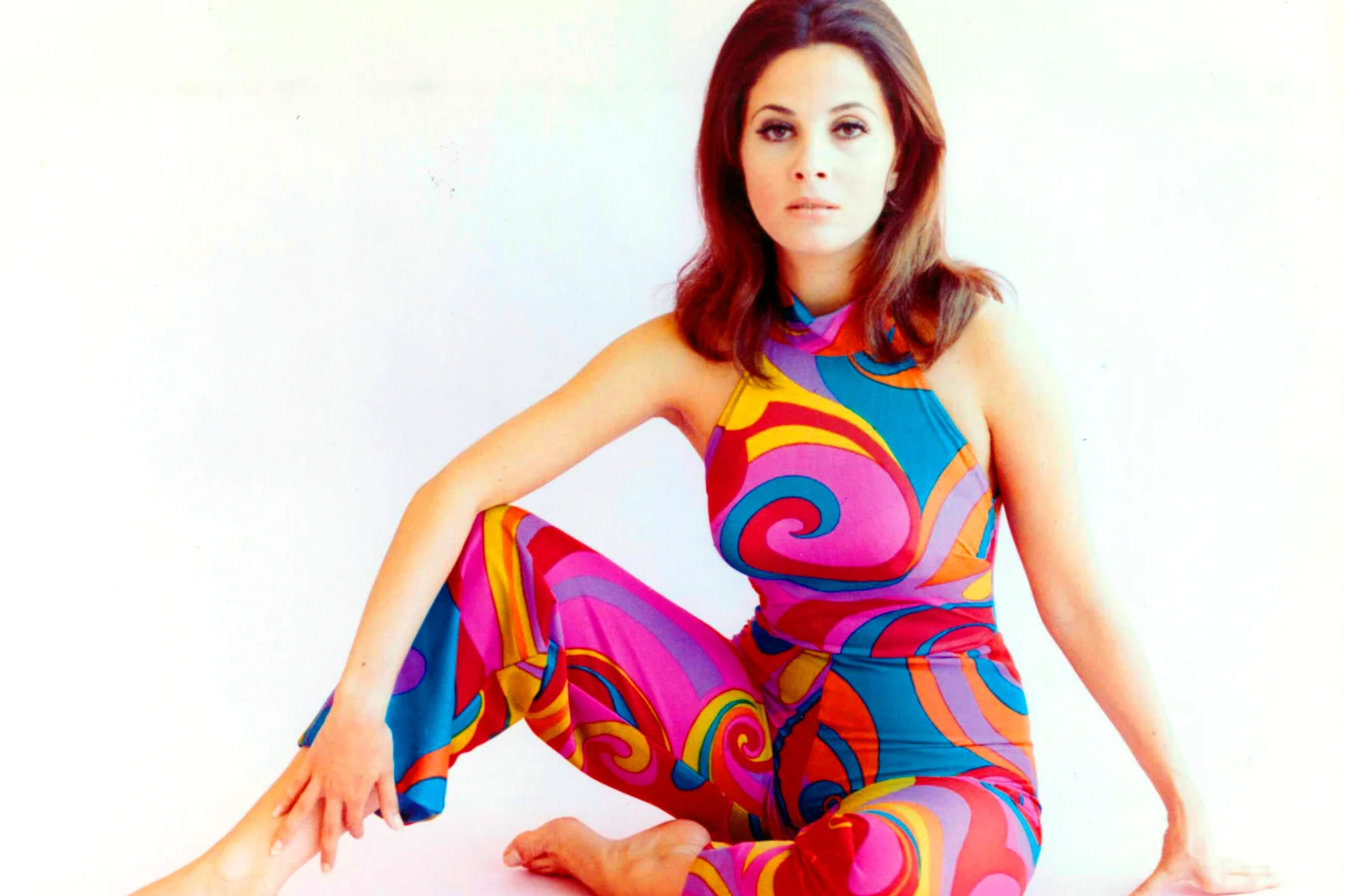
As Betty Anderson on “Peyton Place,” Barbara Parkins captivated television audiences with her portrayal of a complex young woman navigating small-town America’s rigid social structures. Her Emmy nomination for this groundbreaking role showcased her ability to bring nuance to what could have been a one-dimensional character. Despite this promising start, Hollywood seemed uncertain how to utilize her sophisticated presence beyond melodrama. Turner Classic Movies traces the unexpected trajectory of her career, which had surprising twists right from the start.
Her memorable turn in “Valley of the Dolls” as the ambitious Anne Welles further demonstrated her range, yet the film’s reception overshadowed the subtle brilliance of her performance. After relocating to England in the 1970s, Parkins’ career never regained the momentum it deserved, despite her clear talent for portraying strong, complicated women. Her grace, intelligence, and quiet strength would have been perfect for the kind of character-driven films that emerged in the 1970s—opportunities that unfortunately never materialized.
3. Sue Lyon
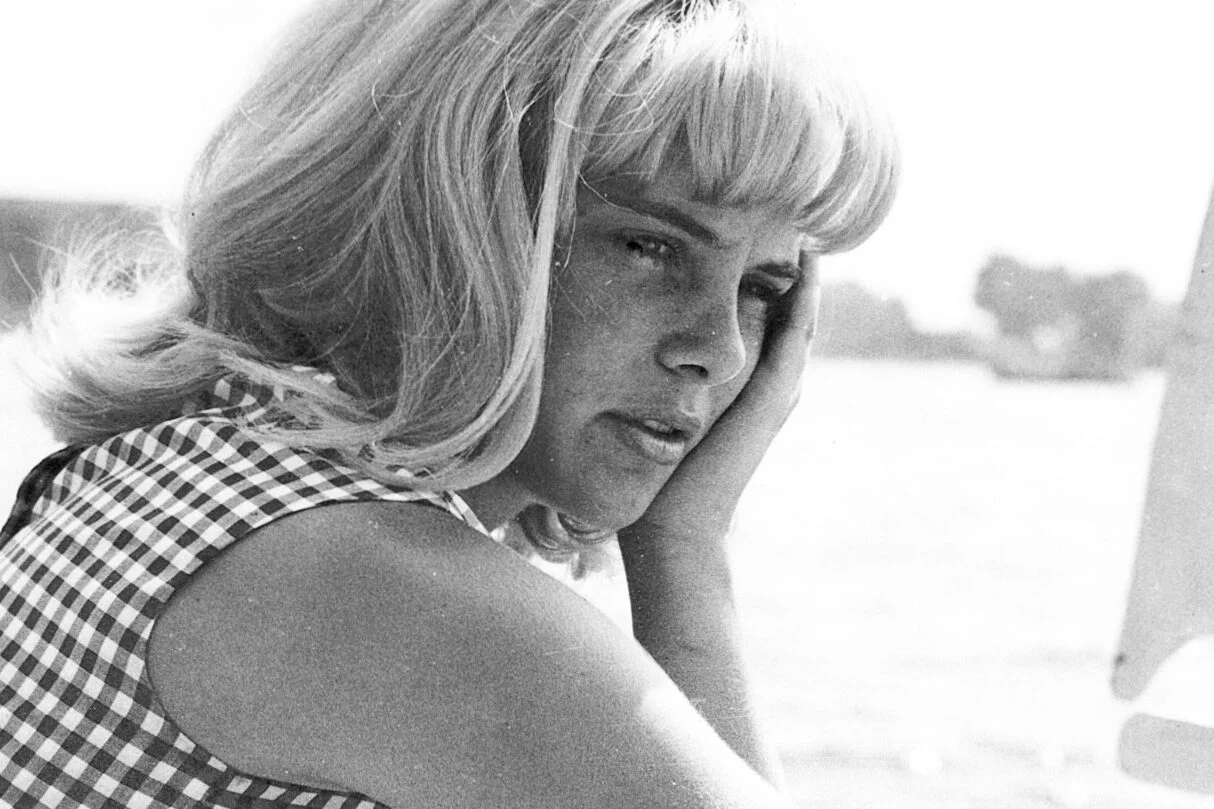
Sue Lyon was just 14 when Stanley Kubrick cast her as the title character in a famous book-to-film adaptation, a role that should have launched a brilliant career but instead nearly destroyed it. Her performance walked an impossible tightrope with remarkable maturity, earning her a Golden Globe for Most Promising Newcomer. The controversial nature of her debut, however, cast a long shadow over her subsequent career opportunities. Her obituary as written by The Guardian, adds the gripping context of her early life and the hard work she put in to secure some stability for herself and her family.
Despite solid work in films like “The Night of the Iguana” and “7 Women,” Lyon found herself unable to escape the Lolita typecasting, with directors seemingly interested only in her youth and looks. By the early 1970s, her promising career had devolved into exploitation films and forgettable TV appearances, denying audiences the chance to see what this intelligent actress might have accomplished with more thoughtful material. “I defy any pretty girl who is rocketed to stardom at 15 in a role like Lolita to stay on a level path,” she later reflected, summing up the impossible position she found herself in.
4. Carol Lynley
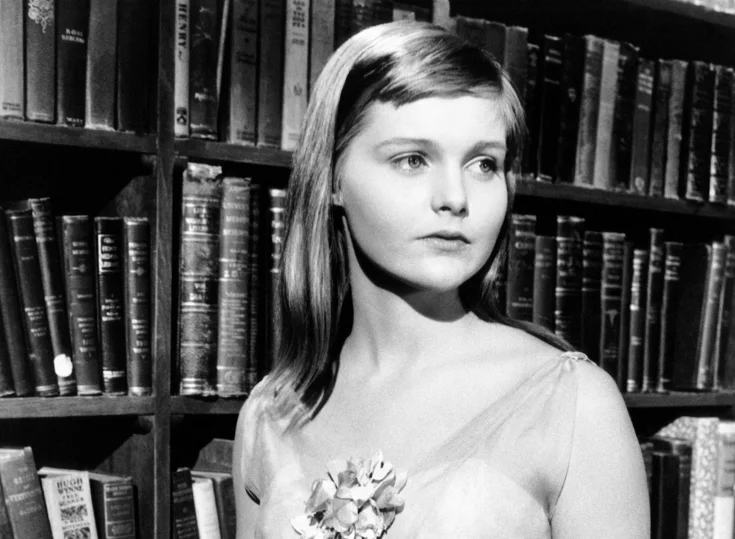
With her delicate features and expressive blue eyes, Carol Lynley seemed destined for stardom after her compelling work in “Blue Denim” and “Return to Peyton Place.” Her standout performance in the disaster epic “The Poseidon Adventure,” where she memorably performed “The Morning After,” demonstrated both vulnerability and resilience. Despite over 100 film and television appearances, Lynley remained frustratingly underutilized throughout her career. Despite how underappreciated she may have been, Television Academy has a place of honor for her that traces her entry into the industry.
Studios repeatedly cast her as the innocent blonde when her performances clearly indicated an actress capable of far more complexity and depth. Her work in Otto Preminger’s psychological thriller “Bunny Lake Is Missing” offered a tantalizing glimpse of what might have been had directors recognized her considerable dramatic abilities. “I never became a big star,” she once admitted with characteristic frankness, “but I’ve worked continuously and maintained my dignity.”
5. Judy Geeson
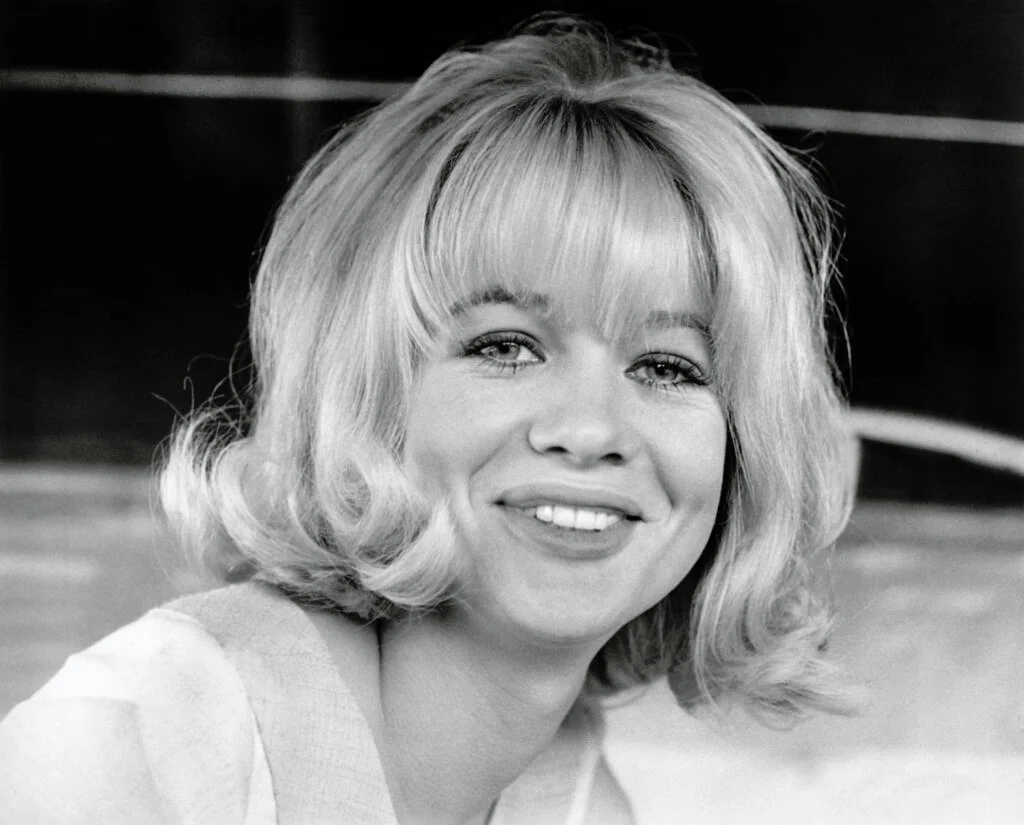
British actress Judy Geeson burst onto the scene opposite Sidney Poitier in “To Sir, with Love,” embodying the spirit of Swinging London with her fresh-faced charm and natural acting style. Her performance as a schoolgirl developing a crush on her teacher captured the awkward transition to adulthood with touching authenticity. Despite this auspicious beginning, Hollywood never quite figured out how to capitalize on her considerable talents.
After impressive work in films like “Berserk” with Joan Crawford and “10 Rillington Place” opposite Richard Attenborough, Geeson’s career gradually shifted toward television and supporting roles. Her naturalistic acting style and ability to bring warmth to even small parts should have made her a director’s favorite for character-driven films. Instead, this talented performer found herself increasingly relegated to horror films and guest spots, despite possessing the kind of unaffected screen presence that could have anchored countless leading roles.
6. Mimsy Farmer
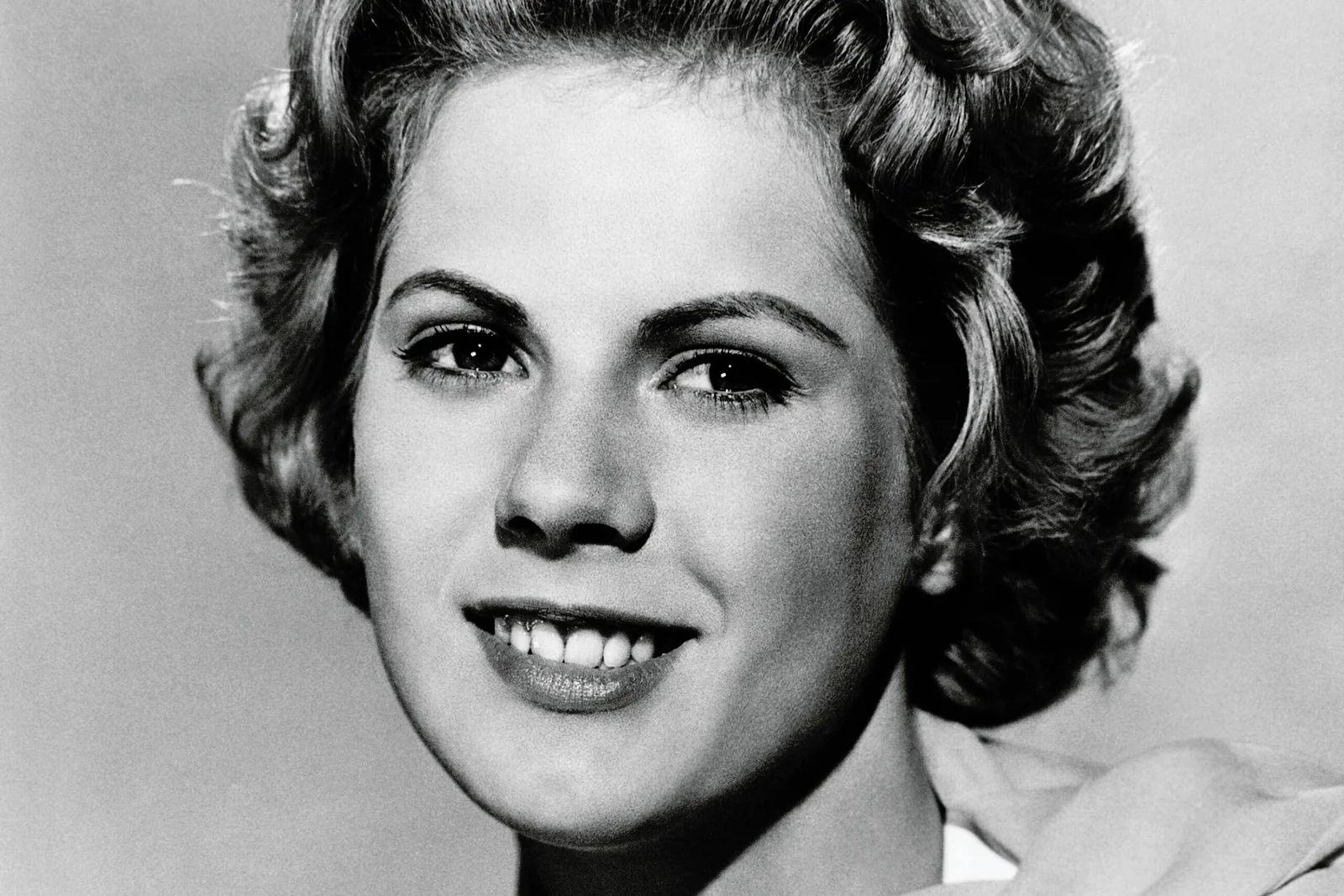
With her unconventional beauty and intense presence, Mimsy Farmer began her career in beach party movies before revealing unexpected depths in counterculture classics like “Riot on Sunset Strip.” Her fearless performance in “More” as an American expatriate caught in a spiral of addiction showcased her willingness to take on challenging, controversial material. Unfortunately, Hollywood seemed more interested in her looks than her considerable acting abilities.
Frustrated by limited opportunities in America, Farmer relocated to Europe, where she became a staple of Italian giallo films that, while entertaining, rarely pushed her to the dramatic heights she was capable of reaching. Her performances consistently elevated even mediocre material, suggesting a serious actress trapped in exploitation fare. “I became aware of how women were treated in Hollywood,” she later explained, a realization that led to her eventual decision to step away from acting entirely and pursue sculpture and painting.
7. Diana Sands
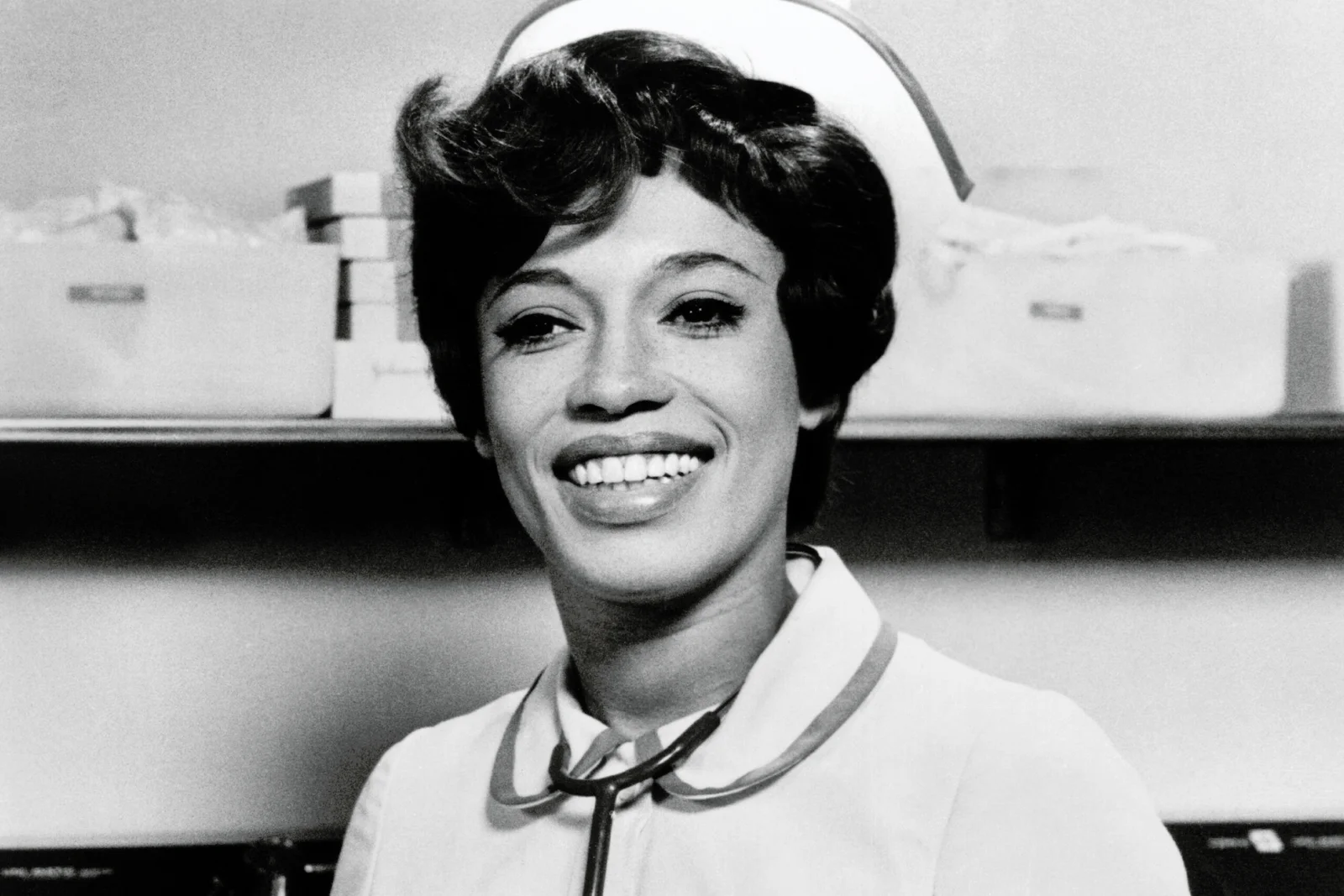
Diana Sands possessed the kind of magnetic screen presence and technical skill that should have made her one of the biggest stars of the era. Her Tony-nominated Broadway performance in “A Raisin in the Sun,” which she later reprised for the film version, displayed remarkable emotional range and intelligence. Despite universal acclaim for her talents, Sands faced the double barrier of being both female and African American in an industry unprepared to provide adequate opportunities.
Her scene-stealing work in “The Landlord” and “Georgia, Georgia” demonstrated an actress of uncommon versatility who could handle comedy, drama, and everything in between with equal aplomb. Tragically, Sands passed away from cancer at just 39, leaving audiences to wonder what might have been had she lived and had the industry evolved faster to recognize her extraordinary gifts. As Sidney Poitier once remarked, “She was one of the finest actresses I ever worked with,” a sentiment echoed by virtually everyone fortunate enough to share a stage or screen with her.
8. Diane McBain
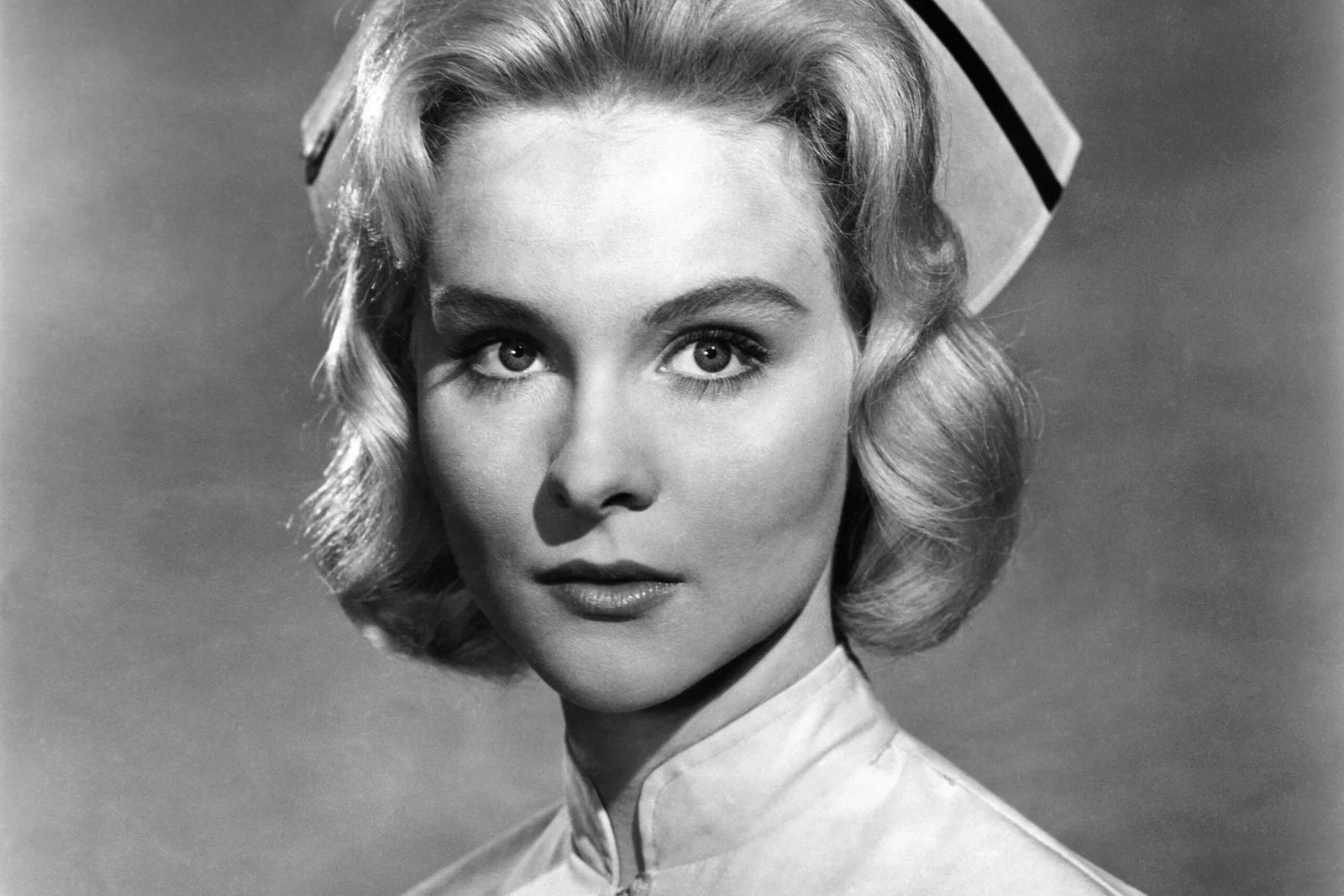
Blonde, sophisticated Diane McBain seemed custom-built for stardom when Warner Bros. signed her to a contract in the early 1960s. Her memorable turn as the spoiled socialite Daphne Dutton in the TV series “Surfside 6” showcased her talent for delivering sharp dialogue with impeccable timing. Despite this promising beginning, McBain found herself trapped in supporting roles that barely scratched the surface of her capabilities.
In films like “Parrish” and “Mary, Mary,” McBain demonstrated a gift for sophisticated comedy and nuanced drama that was largely wasted as studios pigeonholed her as the “other woman” or decorative love interest. “I was at the studio’s disposal and did what they wanted me to do,” she later recalled about her Warner Bros. years, highlighting the limited agency actresses had in shaping their careers. By the late 1960s, her promising career had devolved into guest spots and B-movies, denying audiences the chance to see this talented performer reach her full potential.
9. Pamela Tiffin
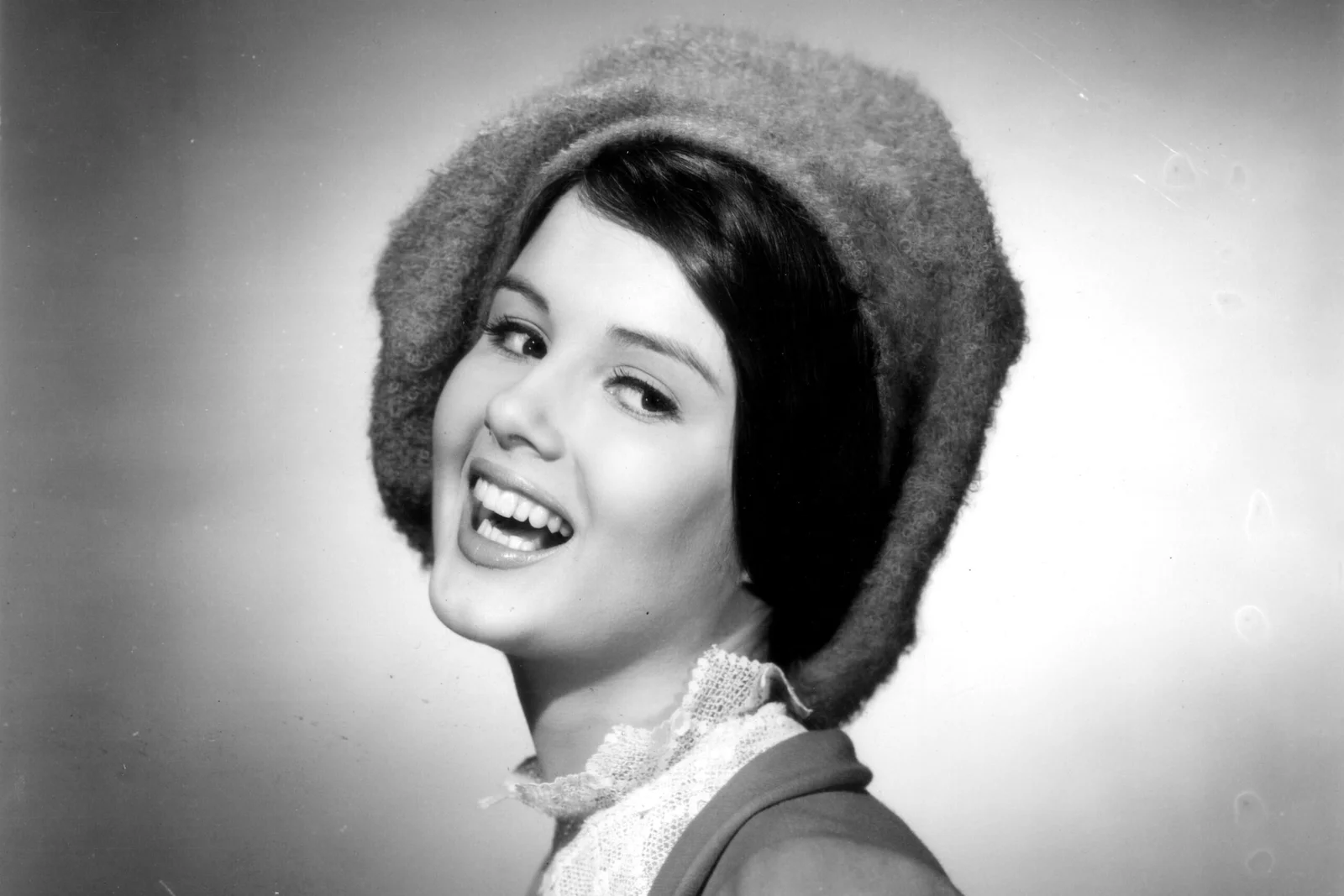
Pamela Tiffin burst onto the scene with back-to-back performances in “Summer and Smoke” and “One, Two, Three,” earning Golden Globe nominations for Most Promising Newcomer and Best Supporting Actress. Her performance opposite James Cagney in Billy Wilder’s Cold War comedy displayed impeccable comedic timing and an endearing screen presence. Despite this remarkable start, Hollywood quickly relegated her to lightweight fare that failed to challenge her evident talents.
After a string of teen comedies like “For Those Who Think Young” and “The Pleasure Seekers,” Tiffin relocated to Italy, where she found more substantial roles in European productions. “I never considered myself an actress,” she modestly claimed years later, despite demonstrating considerable skill in both comedy and drama. Her early retirement in the 1970s deprived audiences of watching her evolve into the mature character actress she seemed destined to become.
10. Stella Stevens
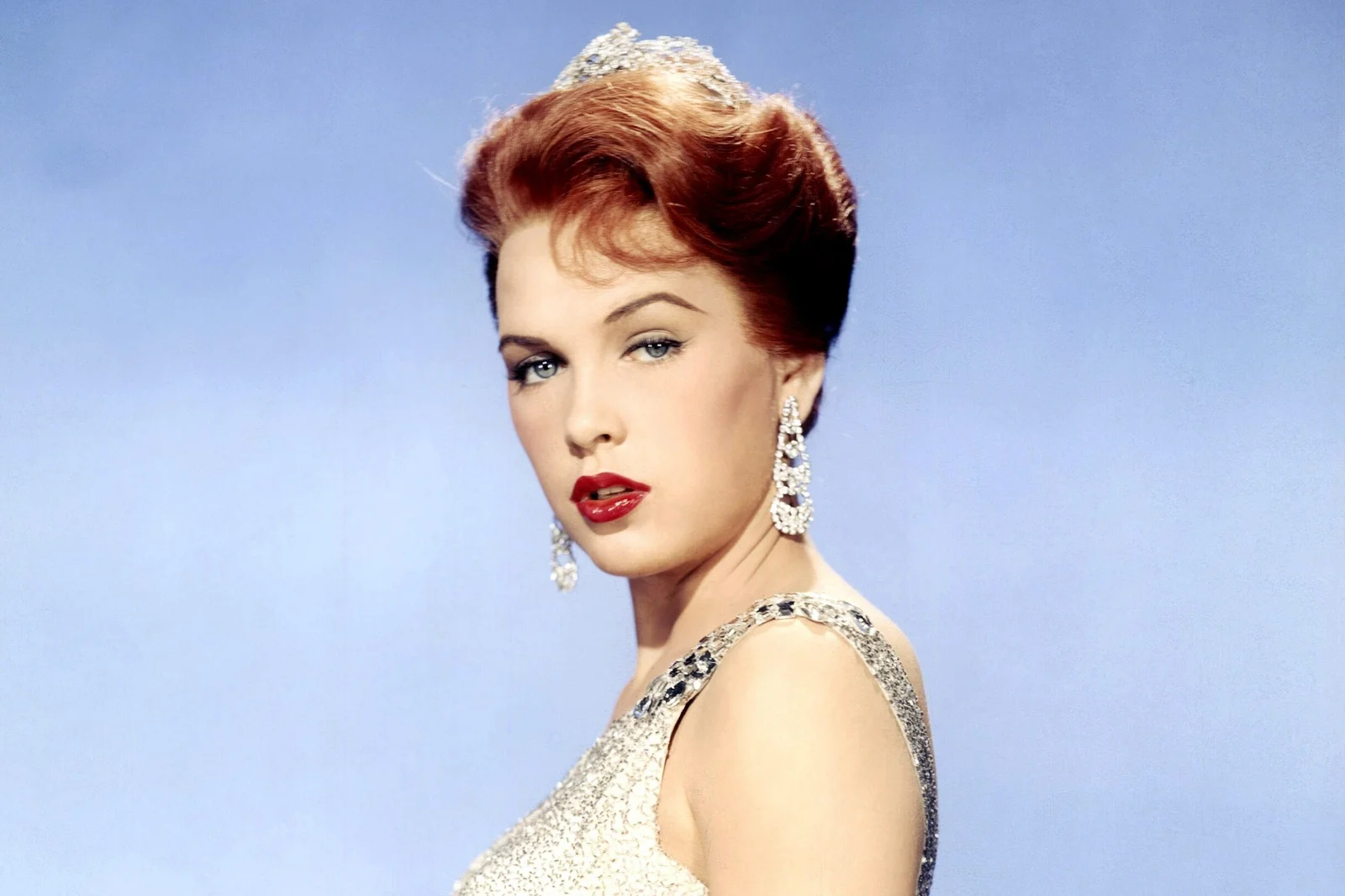
Despite her bombshell image, Stella Stevens possessed genuine comic gifts and dramatic depths rarely tapped by an industry obsessed with her appearance. Her Golden Globe win for Most Promising Newcomer in “Say One for Me” suggested the beginning of a substantial career, yet Stevens continuously fought against being reduced to her physical attributes. Her standout performance in “The Ballad of Cable Hogue” revealed an actress of considerable range when given proper material.
Stevens showed particular aptitude for comedy in films like “The Nutty Professor” with Jerry Lewis and “The Courtship of Eddie’s Father,” bringing warmth and intelligence to roles that might have been one-dimensional in lesser hands. “I wanted to be like Barbara Stanwyck, and they wanted me to be Marilyn Monroe,” she once lamented, perfectly encapsulating the frustrating disconnect between her ambitions and the industry’s narrow view of her potential. Despite assembling an impressive filmography, one can’t help but wonder what she might have accomplished had Hollywood taken her more seriously.
11. France Nuyen
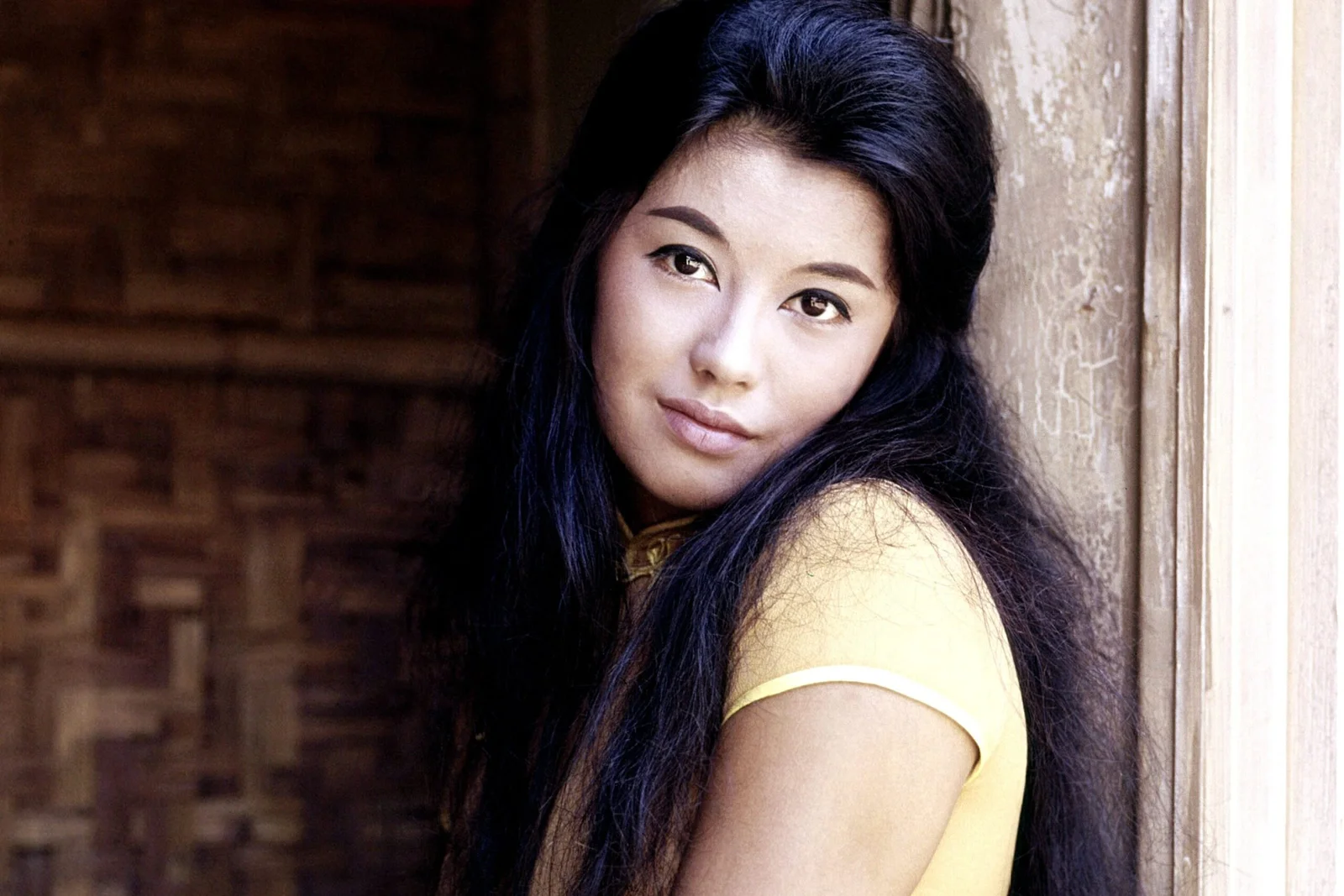
France Nuyen captivated audiences with her exotic beauty and emotional depth in “South Pacific” and later in “The Joy Luck Club.” Her compelling performance in “Diamond Head” opposite Charlton Heston demonstrated her ability to bring dignity and complexity to roles despite the ethnic stereotyping common in the era. Despite her evident talent, Nuyen fought an uphill battle against Hollywood’s limited imagination regarding Asian actresses.
After her promising film debut, Nuyen found more substantial opportunities in television, with memorable appearances in “Star Trek,” “I Spy,” and “St. Elsewhere.” Her eventual transition to a successful career as a psychological counselor speaks volumes about her intelligence and resilience in the face of an industry that never fully appreciated her gifts. “I was always aware of being considered exotic,” she later recalled, highlighting the limiting perspective that prevented her from accessing the diversity of roles her talents warranted.
12. Paula Prentiss
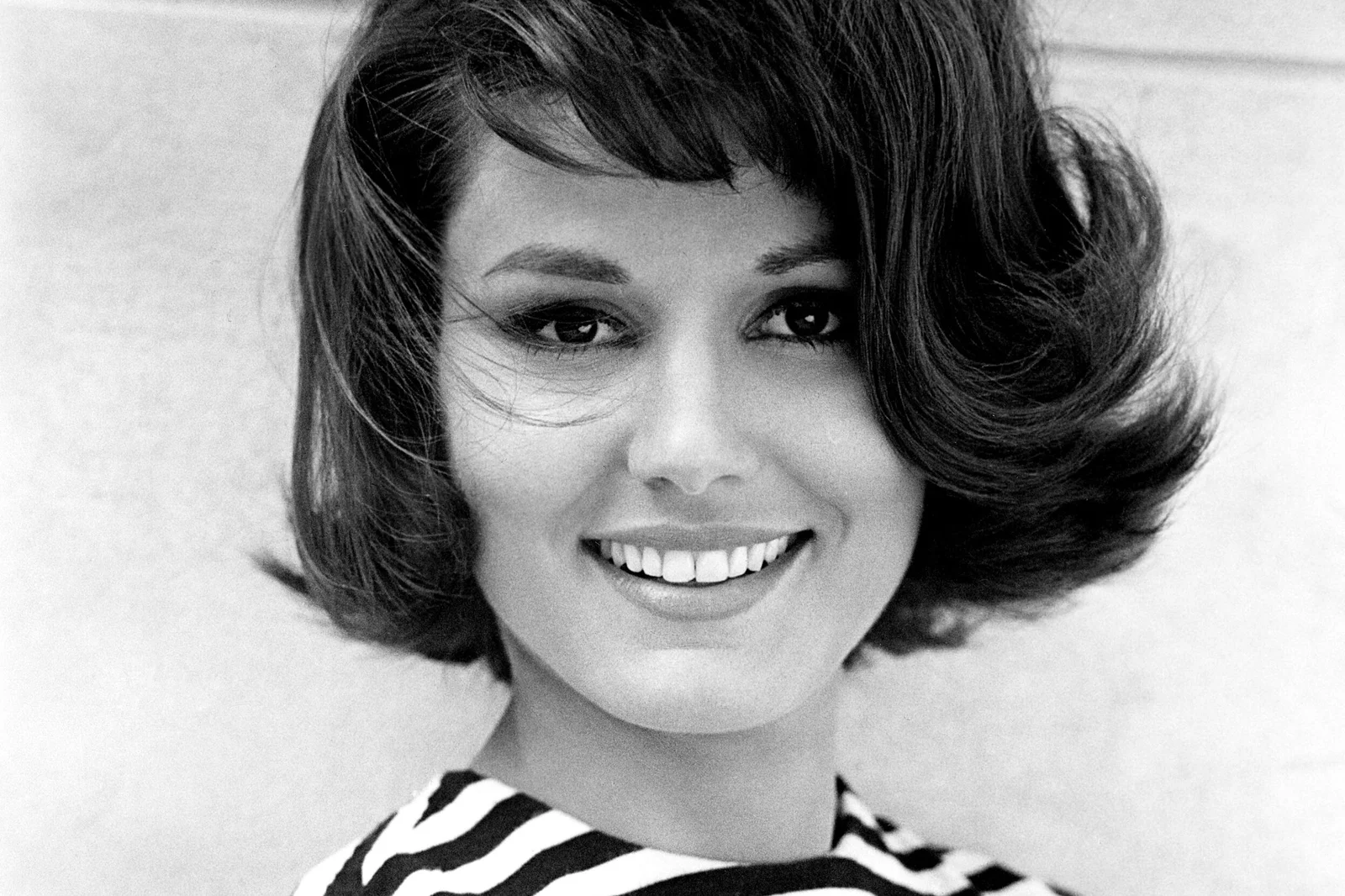
Standing 5’10” with distinctive features and an offbeat delivery style, Paula Prentiss brought a unique energy to comedies like “Where the Boys Are” and “Man’s Favorite Sport?” Her perfect comic timing and authentic screen presence set her apart from the manufactured starlets of the era. Despite her obvious gifts, Hollywood struggled to capitalize on the very uniqueness that made her special.
Her finest performance came in the underrated “The Stepford Wives,” where her natural intelligence and emotional authenticity made the film’s disturbing premise all the more effective. Frequently paired with her husband Richard Benjamin in later projects, Prentiss eventually stepped away from the spotlight, appearing only occasionally in carefully chosen roles. “I was different,” she once explained, “and Hollywood didn’t quite know what to do with different.”
13. Capucine
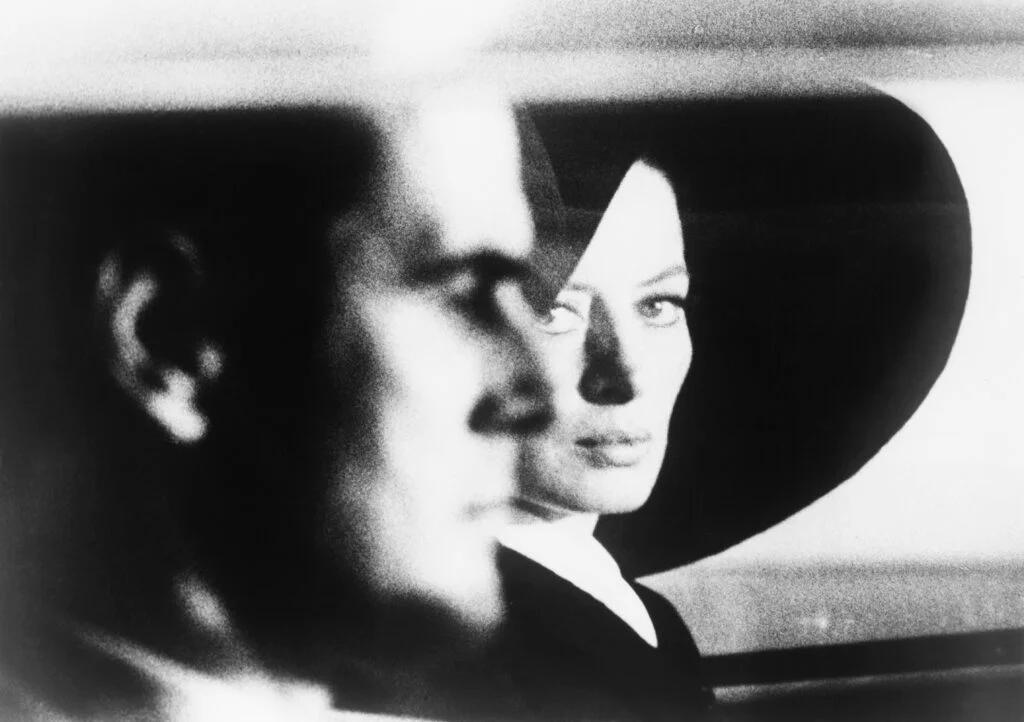
French model-turned-actress Capucine possessed a sophisticated elegance and subtle acting style that shone in films like “The Pink Panther” and “Walk on the Wild Side.” Her multilingual abilities and continental sophistication should have made her a natural successor to Audrey Hepburn or Leslie Caron in cosmopolitan roles. Instead, her considerable talents were often underutilized in decorative parts that barely scratched the surface of her capabilities.
Producer Charles K. Feldman’s controlling influence over her career often directed her toward projects beneath her talents, preventing the collaborations with major directors her abilities warranted. Her struggles with bipolar disorder further complicated a career that never quite reached the heights her refined performances deserved. “I have given the best years of my life to motion pictures,” she once reflected, leaving audiences to wonder what might have been had she found the right directors to showcase her unique combination of vulnerability and sophistication.
14. Barbara Shelley
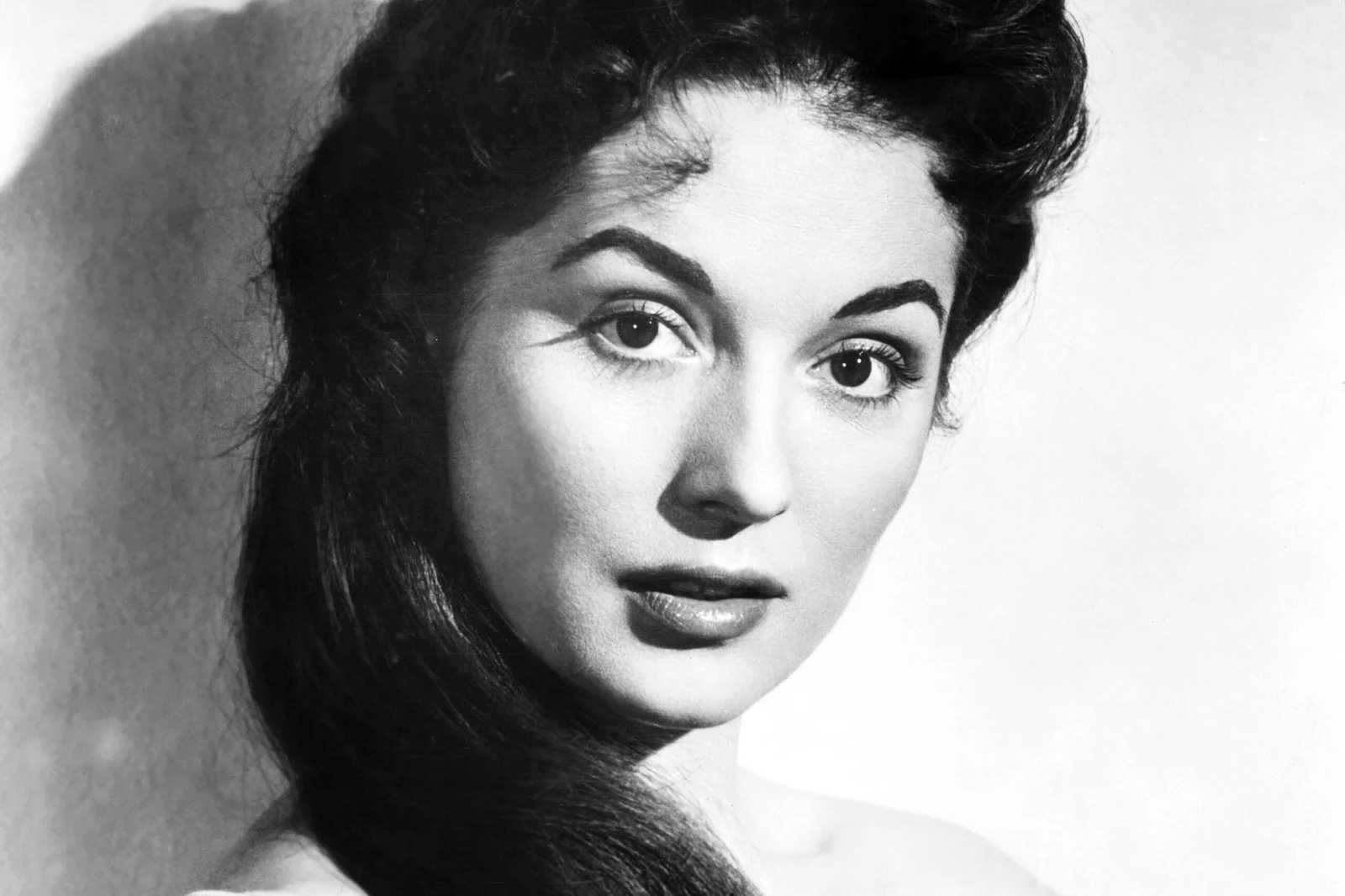
Known as the “Queen of Hammer Horror,” Barbara Shelley brought unusual depth and pathos to a genre often more concerned with frights than character development. Her performances in classics like “Dracula: Prince of Darkness” and “Quatermass and the Pit” elevated these productions through her ability to convey complex emotions with minimal dialogue. Despite becoming a horror icon, Shelley possessed dramatic abilities that deserved exploration beyond the confines of genre cinema.
Her earlier dramatic work in films like “Village of the Damned” suggested an actress capable of far more range than her later typecasting would allow. “I realised that women were not just screaming and being terrified,” she explained about her approach to horror roles, bringing psychological realism to even the most fantastical scenarios. While beloved by genre fans, Shelley remains underappreciated by mainstream critics who overlooked the subtle craftsmanship she brought to each performance, regardless of the material’s limitations.
As we nostalgically flip through our mental scrapbooks of these remarkable women, we can’t help but imagine the alternative history where their talents were fully recognized and utilized. These 14 actresses—and countless others—navigated an industry that often valued appearance over ability and conformity over creativity. Their perseverance in the face of limited opportunities reminds us of both how far we’ve come and how far we still have to go in recognizing female talent in all its complexity.

